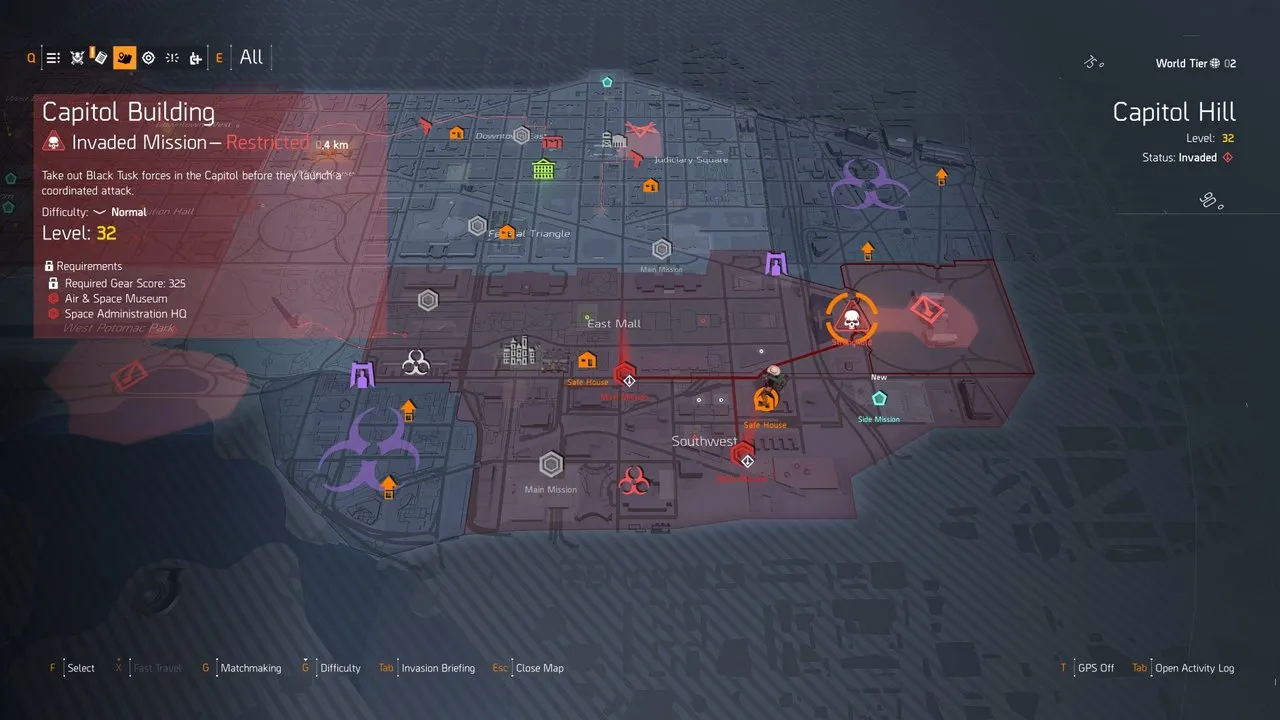
Tom Clancy’s The Division 2: A Looter Shooter Done Right?
Contents
The looter shooter genre, inspired by games like Borderlands and Diablo, has seen its share of triple-A failures. Often plagued by shallow gameplay, bugs, and misleading marketing, many gamers have learned to approach new releases with caution. Titles like The Division and Destiny required significant post-launch support to reach their full potential, leaving a void in the genre. With Bungie’s Destiny 2 repeating past mistakes and Bioware’s Anthem disappointing fans, Ubisoft’s The Division 2 steps up to the plate, aiming to redefine what a looter shooter can be.
 The Division 2 Agent in cover
The Division 2 Agent in cover
A Revitalized Washington D.C.
The Division 2 trades the snowy streets of New York for a post-pandemic Washington D.C., offering a chillingly familiar backdrop. While the core gameplay loop remains “loot, shoot, repeat,” Ubisoft cleverly disguises this repetition by leveraging its setting. The game becomes a virtual tour of the nation’s capital, seamlessly blending combat with historical landmarks and cultural touchstones. Missions like retrieving the Declaration of Independence from the National Archives showcase the game’s confidence in its environment, presented with a casual flair rarely seen in other open-world titles.
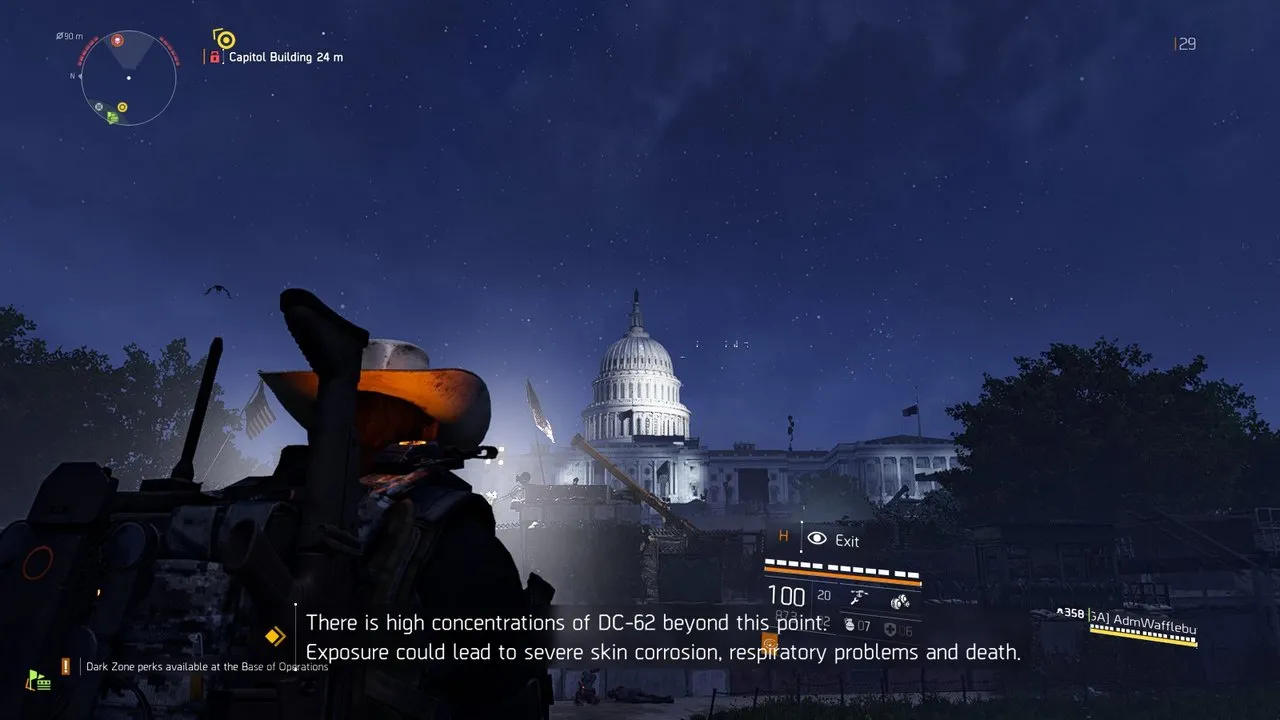 Exploring Washington D.C. in The Division 2
Exploring Washington D.C. in The Division 2
Refined Combat and Enemy Variety
Beyond its setting, The Division 2 features well-designed combat encounters. Level design, while not groundbreaking, is consistently solid, offering numerous flanking routes and verticality. Enemy types are diverse, ranging from melee attackers to bomb-wielding suicide bombers, drone operators, and heavily armored foes, each requiring different tactical approaches. The game addresses the “bullet sponge” criticism from the first game by rebalancing armor and health, encouraging players to utilize cover and minimize damage taken.
The Endgame and Progression
The campaign, while slightly longer than its predecessor, is leaner and more focused. Side activities, like capturing Control Points, now contribute meaningfully to player progression, offering fast travel points, gear, and resource gathering opportunities. Crafting is tied to rebuilding settlements and completing research projects, ensuring that every activity contributes to character growth.
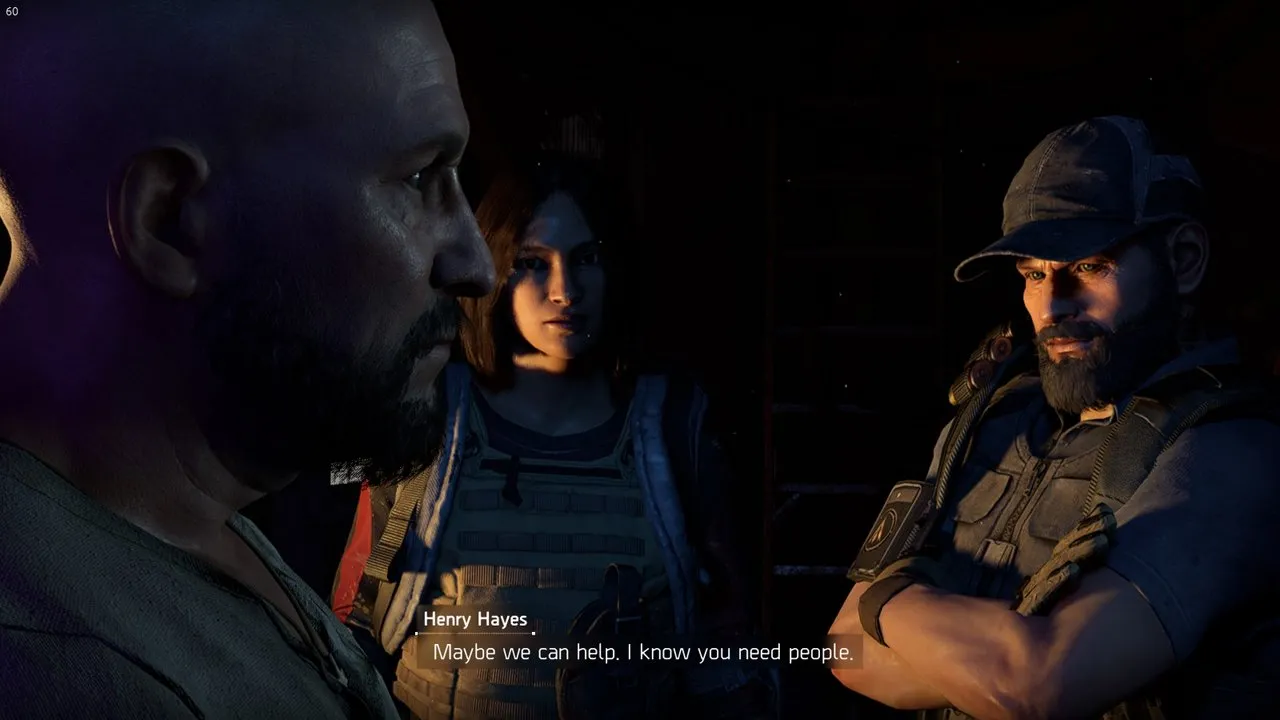 The Division 2 Endgame Activities
The Division 2 Endgame Activities
The journey to level 30 is rewarding, constantly showering players with loot, including unique weapons and gear with powerful attributes. The endgame is where the RPG elements truly shine, as gear optimization and build crafting become paramount. World Tiers introduce escalating challenges, better gear, and higher-quality loot, ensuring a satisfying endgame experience. Specializations, unlocked at level 30, offer further customization options with unique weapons and mods.
The Dark Zone Dilemma
The infamous Dark Zone, The Division’s PvPvE area, returns with a new format. Now divided into three smaller zones, it features normalized gear stats, aiming to level the playing field between veterans and newcomers. However, this normalization feels excessive, diminishing the impact of build choices. The reduced player count in each zone also impacts the effectiveness of the Rogue system, making solo players more vulnerable. The Occupied Dark Zone attempts to reintroduce gear disparity, but it doesn’t fully address the core issues.
Lackluster PvP and Narrative Shortcomings
The Conflict PvP mode, offering two game types and three small maps, feels shallow and uninspired. The strategic depth is lacking, with most players resorting to SMGs and sniper rifles, leading to repetitive and predictable encounters.
Despite its engaging gameplay loop and impressive setting, The Division 2 falters in its narrative. While the environmental storytelling through audio logs and ECHO projections offers glimpses into the human cost of the pandemic, the main narrative falls flat, resorting to a generic “us vs. them” trope. The lack of compelling antagonists and meaningful character interactions leaves the story feeling hollow and forgettable.
Conclusion
The Division 2 successfully addresses many of the shortcomings of its predecessor and other looter shooters. It offers a compelling gameplay loop, a richly detailed world, and a rewarding progression system. However, the flawed Dark Zone and underwhelming narrative hold it back from true greatness. While The Division 2 takes significant steps forward, there’s still room for improvement in future iterations.
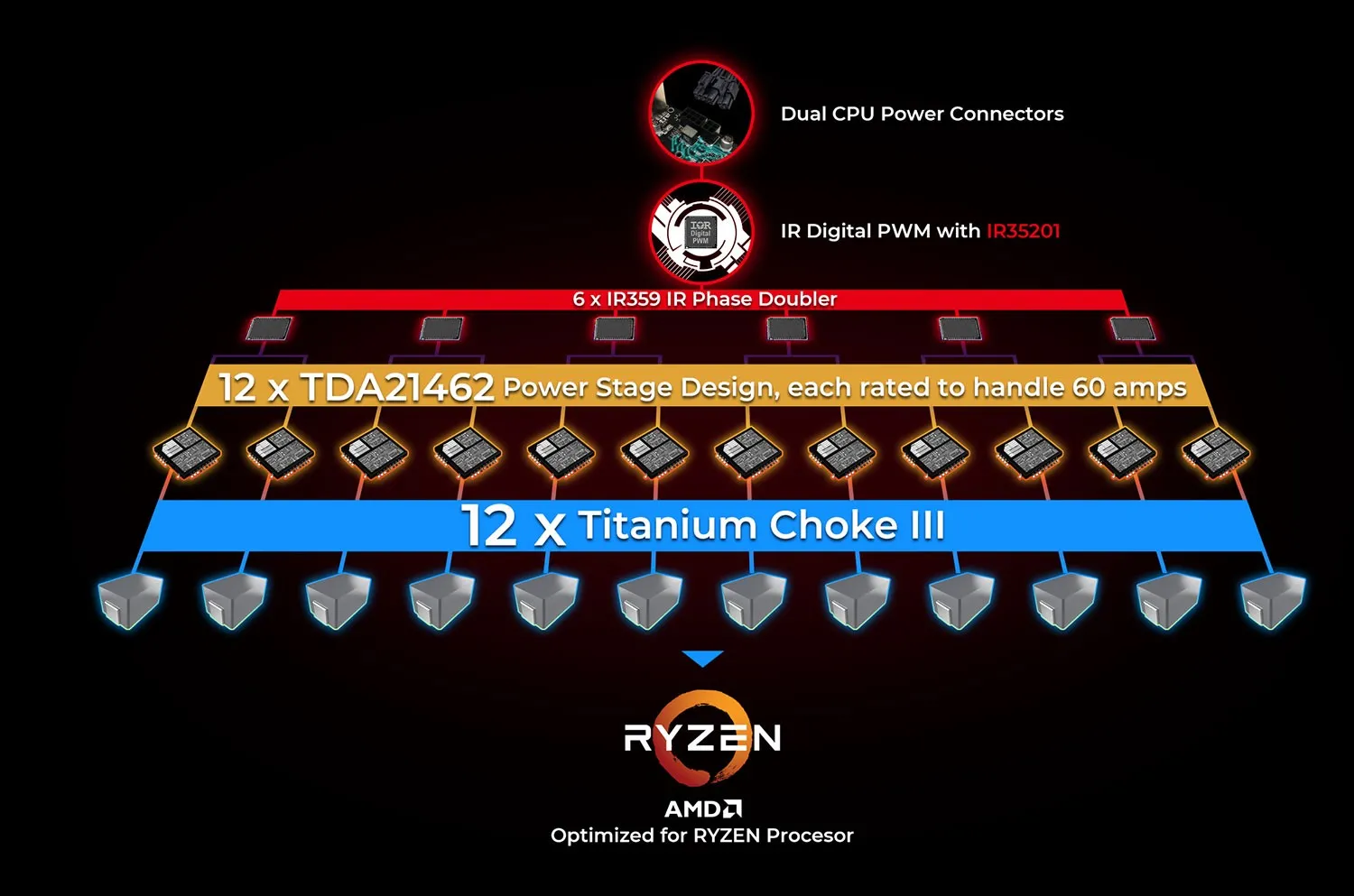
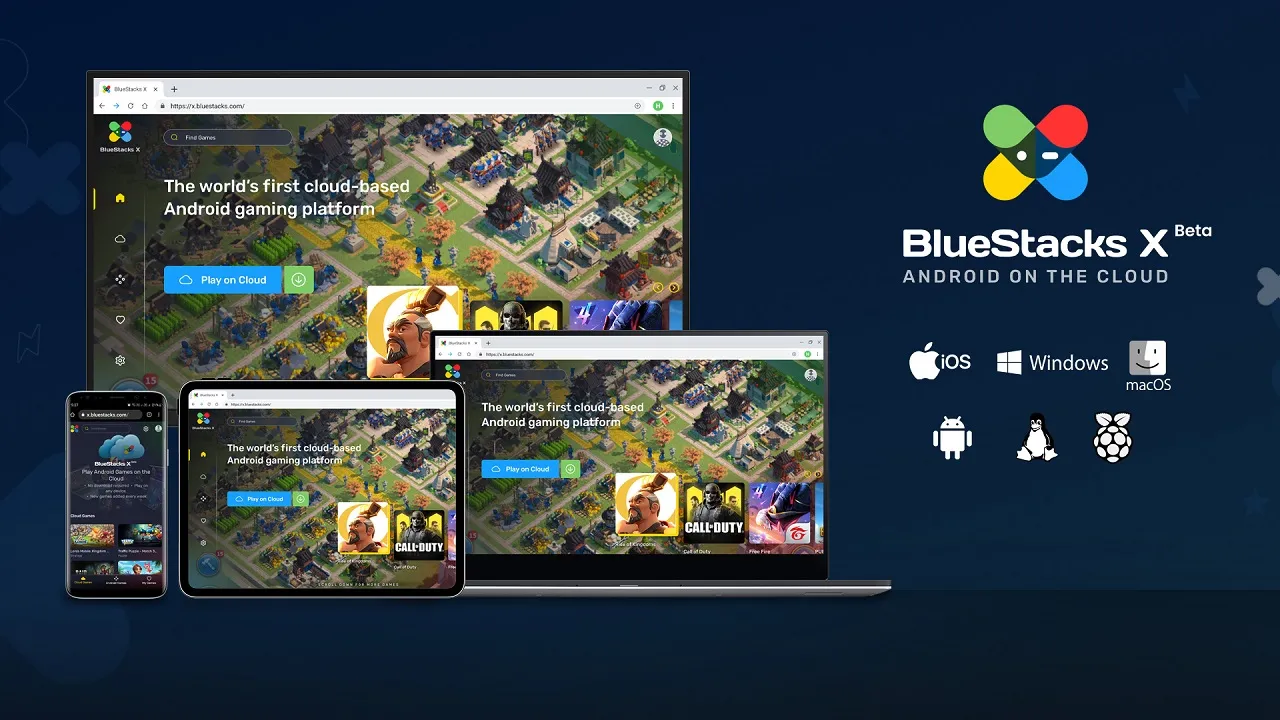
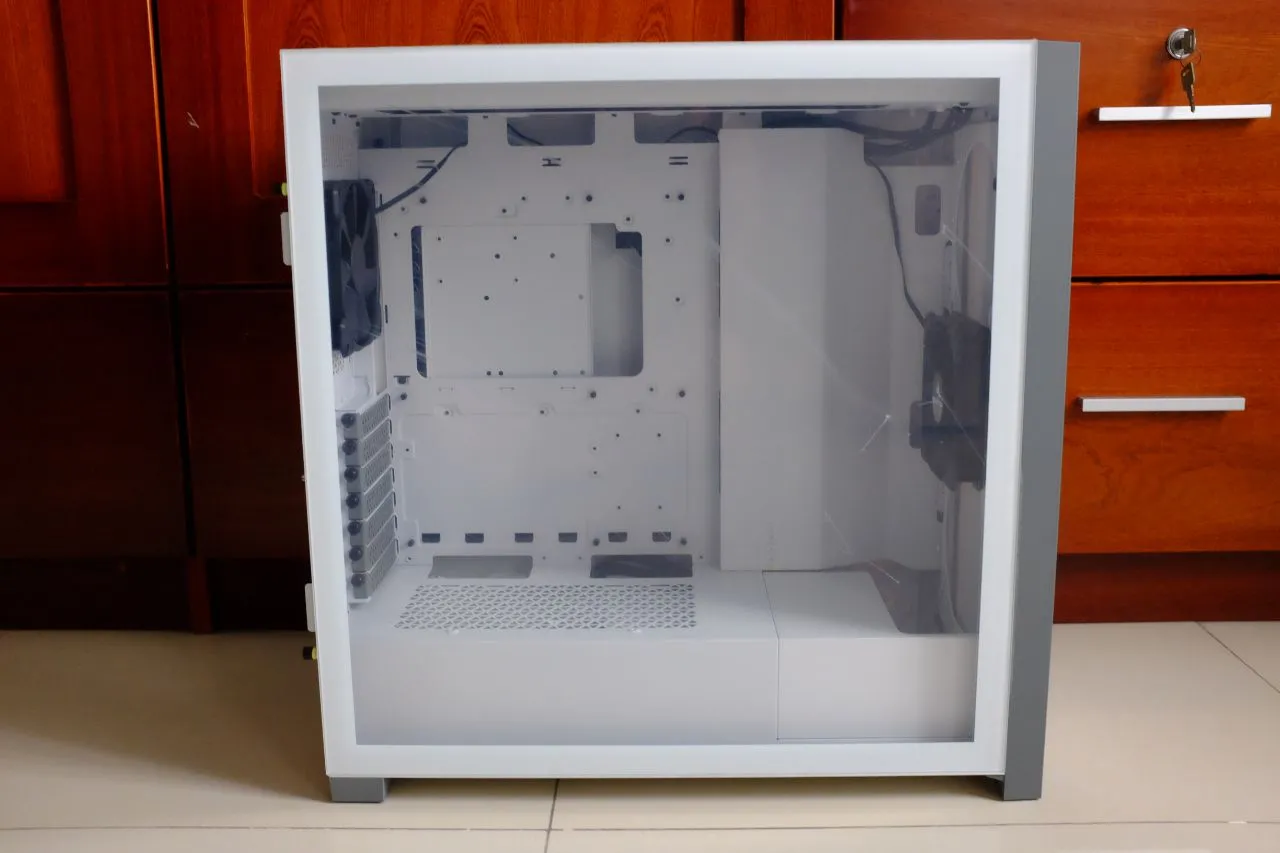
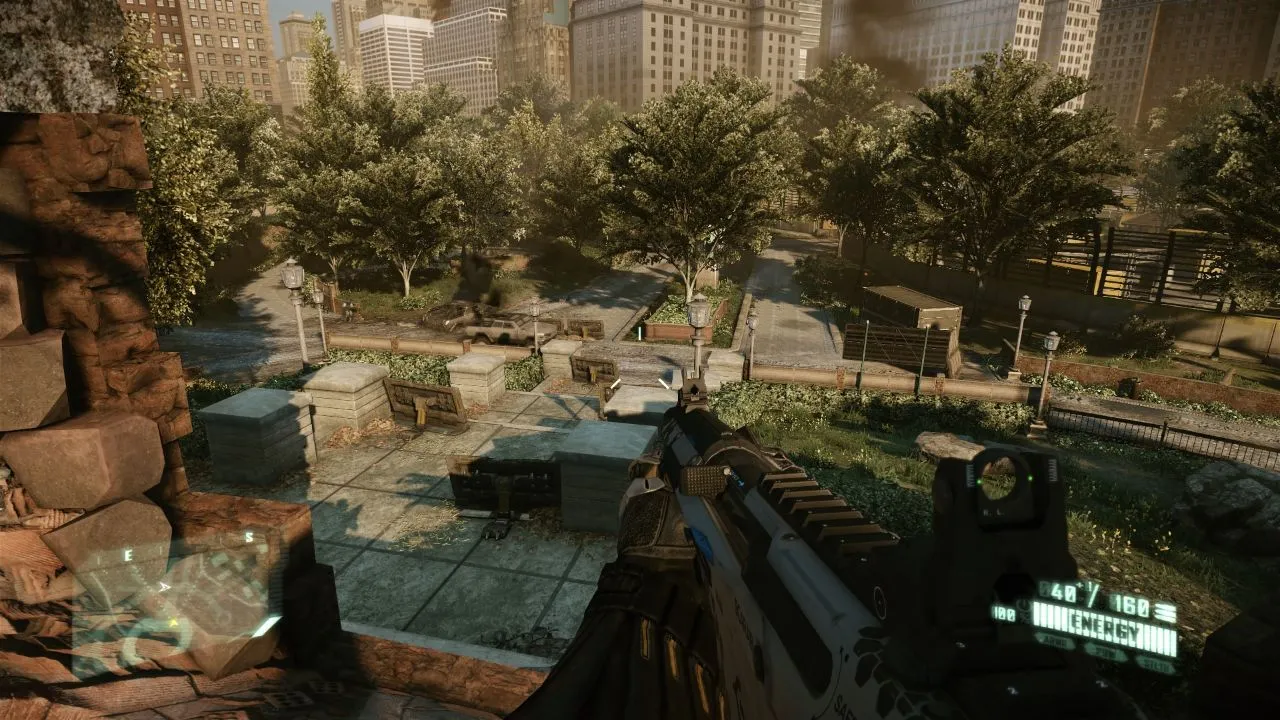
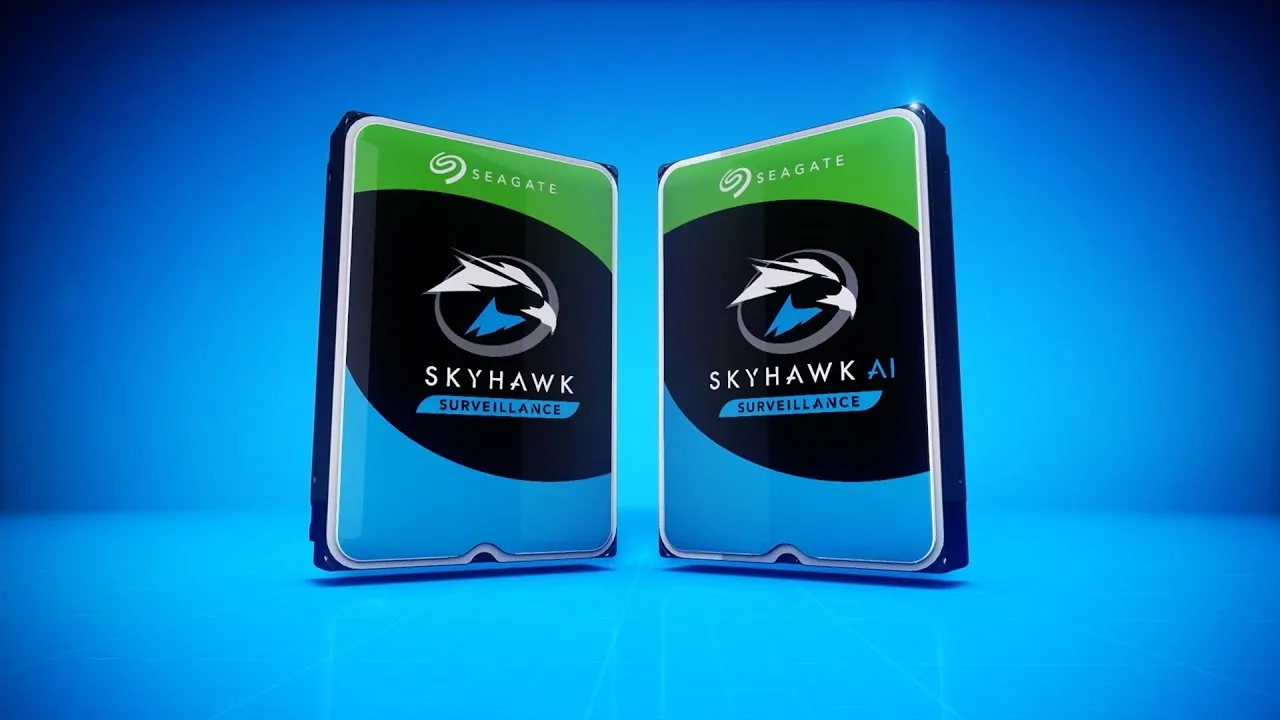
Comments (0)